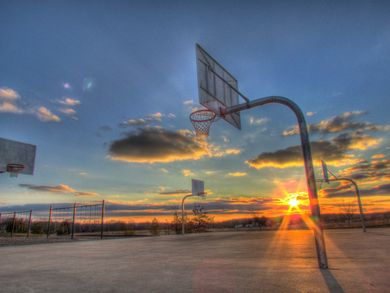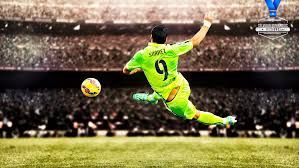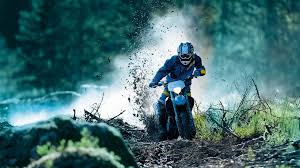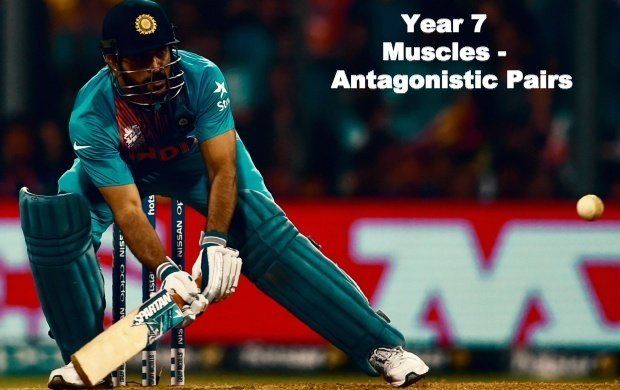
Flip Learning Video - Master the content
Watch the Flip Learning video and become a master of the content.
By the end of the video you should be able to:
Identify:
The 3 different types of muscles
Explain:
The role the three different types of muscle have on the body and how they are different
Apply:
Your knowledge of muscle types to the work booklet & the end of topic pop quiz
Work Booklet
Homework booklet.
- Watch the Flip Learning video to help you understand the topic.
- Print out the work booklet.
- Fill in the various subheadings.
- Completing the assessment sheet (RAG).
To print out the PDF
Click download file
Once the file is downloaded you will be able to print.
End of Topic Pop Quiz
Once you have completed the worksheet and are confident with your knowledge of the topic.
Complete the end of topic quiz.
Your teacher will set your deadline for when this should be completed
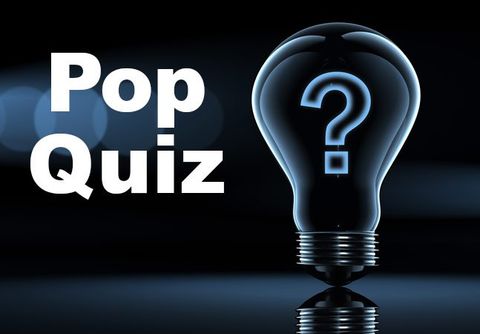
Insert Quiz
Add your custom HTML here

